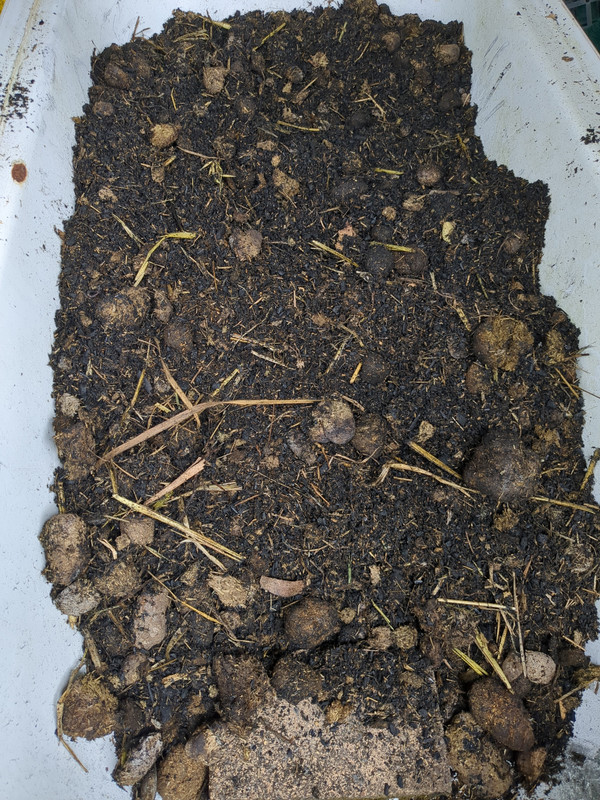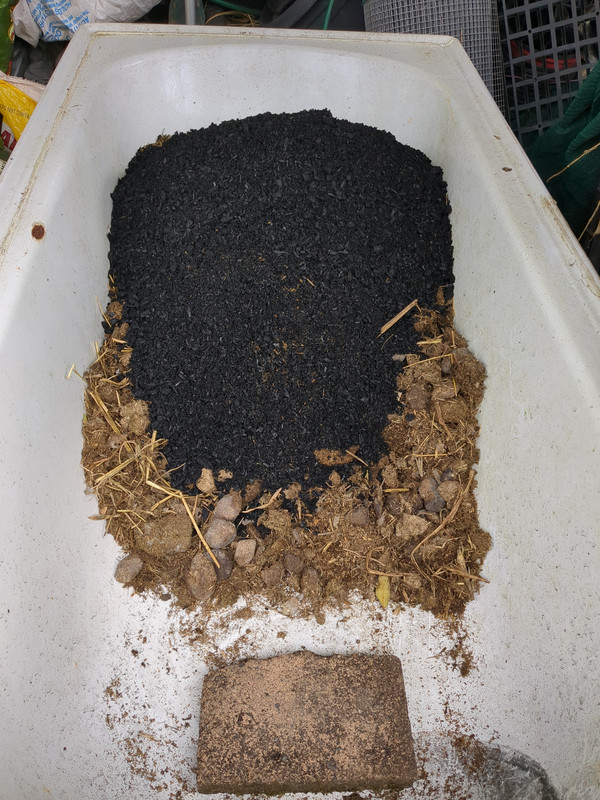Carbon Dioxide Removal (CDR)
218 readers
1 users here now
CDR is removal of CO2 from the atmosphere - an essential basket of technologies for achieving UN IPCC best outcomes to mitigate climate change. This is a community for discussing advances and issues of CDR.
founded 1 year ago
MODERATORS
1
2
3
11
Startup is Building the World's Largest Ocean-Based Carbon Plant - and It's Scalable
(edition.cnn.com)
4
5
6
7
8
10
11
12
13
14
15
16
17
18
19
20
21
22
23
24
25
view more: next ›






